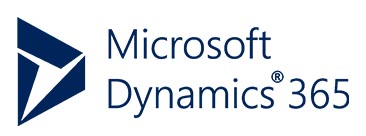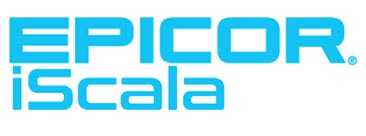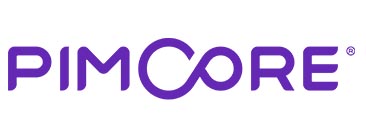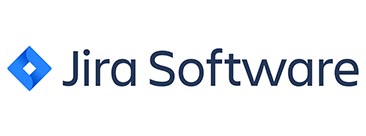E-store interfacing
Automation that increases speed and efficiency and reduces costs.
Why integrate an e-shop?
Interfacing your e-shop with other information systems such as ERP, PIM/DAM, CRM, and supply chain management systems, is important because it ensures a consistent and automated flow of information, allowing different information systems to work seamlessly together. Through this, business processes are optimised, data accuracy and availability are improved, and the operational efficiency and quality of customer service across the enterprise is enhanced.
Where to interface your e-shop?
Interfacing the e-shop with other information systems makes sense if the company’s operational volume increases, and more efficient warehouse and stock management, more accurate financial management, better customer relationship management, more efficient supply chain management, automation of business processes or improvement of data-based decision making are needed.
When not to interface
If the sales volumes of the created e-store cannot be accurately predicted in advance, then it may be prudent to postpone automation until sales reach a level where manual classification of information starts to hinder the company’s growth potential.
Value from interfacing
- Efficiency and automation:
Reducing the need for manual data entry speeds up work processes and reduces errors due to human error. - Product information accuracy and management:
Maintaining consistent and up-to-date product information across all sales channels is vital. Interfacing helps to keep product data harmonized and reduces the risk of errors when presenting product information.
Real-time data update: - Real-time update of inventory, order status and customer data ensures that all departments are working with up-to-date information, enabling faster response to changes.
- Better customer service:
Customer service will benefit from the availability of more accurate inventory and order status information, which will allow the provision of accurate and up-to-date information to customers. A smoother purchase process and faster service improve customer satisfaction and increase customer loyalty. - Optimization of costs:
The automation of processes reduces operational costs, increases efficiency and helps optimize resource use. - Strategic decision-making: Data integration enables better insight into business operations, contributing to more informed management decisions.
Useful systems to interface with your e-shop
Most often, e-stores use the interface with accounting software to synchronize stock quantities and prices with the e-store, and automatically send order information from the e-store to the accounting program. However, below are interface options that, while less common, are still feasible and sometimes advisable for the automation of business processes.
ERP systems
Integrates different business processes into a single system, ensuring data consistency and supporting business decision-making.
Product information management (PIM/DAM)
Manages product information centrally, ensuring its consistency and accuracy across all sales channels.
Accounting software
Specifically enables automatic generation of invoices, financial reporting and tracking of economic transactions.
Transport partners
Automatic information exchange for sending orders and delivery addresses submitted by the customer directly from the e-store to the information system of the transport service company.
Vendors (API,EXCEL,CSV,…)
Automatic import of suppliers’ product information into the e-store is often practical in order to save time that would otherwise be spent manually reprocessing a large amount of data.
Warehouse accounting (WMS)
Ensures real-time inventory management, helps track product availability, and automates the order fulfillment process.
Social media platforms
Synchronization of e-shop product catalogue with social media channels and traffic monitoring.
Marketing tools
Integration of automated e-mail marketing tools with the e-shop enables more effective marketing and increases the e-shop’s conversion rate.
Analysis and reporting (BI)
Provides deep insight into online store operations and customer behavior, helping to make informed business decisions.
Other systems with which we have interfaced e-shops
Below is a list of the most common systems with which we have interfaced e-shops. However, this list is not exhaustive. In addition to the systems mentioned below, we have interfaced e-shops with bespoke information systems and retrieved or stored in different data in various formats, including: Excel, CSV, JSON, XML, etc.



































